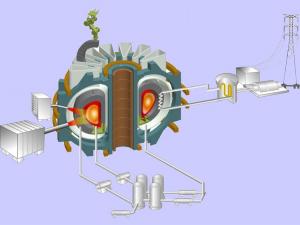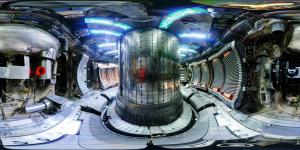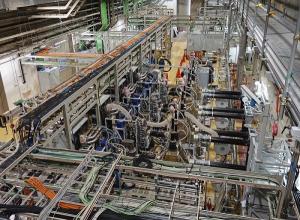What’s New
29 January 2018
ITER news digest for the period of 22 January 2018 to 29 January 2018.

Planning for a fusion-relevant neutron source

UK industry invited to seize opportunities





